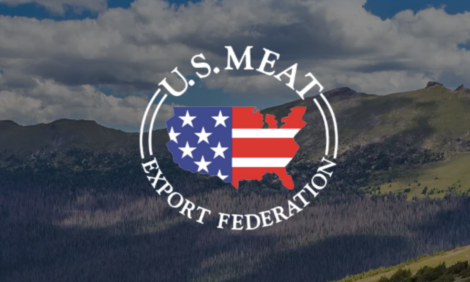



AFBF Seeks Section 32 Funding for Pork Purchases
US - The Agriculture Department should allocate additional purchases of pork using the Section 32 program to help provide stability to the pork industry which is suffering from lost markets due to the recent outbreak of the H1N1 virus, according to the American Farm Bureau Federation.AFBF President Bob Stallman requested the Section 32 support for pork in a letter sent today to Agriculture Secretary Tom Vilsack.
"Low prices for both pork and live hogs have caused financial distress for well over a year for many of our producers," Mr Stallman said. "The situation has been exacerbated by the recent outbreak of the H1N1 virus and the referencing of the virus as ‘swine flu.’ The banning of pork imports by various countries has added to the problem."
In addition to providing market stability for the pork industry, Stallman said Section 32 purchases of pork would provide a healthy protein source for users of the nation’s nutrition programs. Section 32 is a USDA program that has been in place since 1935 and authorizes a permanent appropriation equal to 30 per cent of annual US customs receipts to support the farm sector. Most of the funds are directed to child nutrition programs.
"The pork industry is going through a very difficult time right now," Mr Stallman said. "A number of hog producers are looking at red ink and some will be forced to go out of business. In fact, Purdue University Extension economist Chris Hurt has estimated between one-quarter and one-third of hog producers will have to reassess their futures in the business."
According to an AFBF economic analysis, USDA Agricultural Marketing Service data indicates that a producer’s operating loss has increased from an average of $17.17 per head to $31.94 per head since the outbreak of the H1N1 virus. In addition, Ron Plain, a University of Missouri Extension economist, anticipates losses of $400 million to the pork industry over the next four months due to the H1N1 situation.








